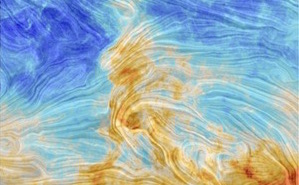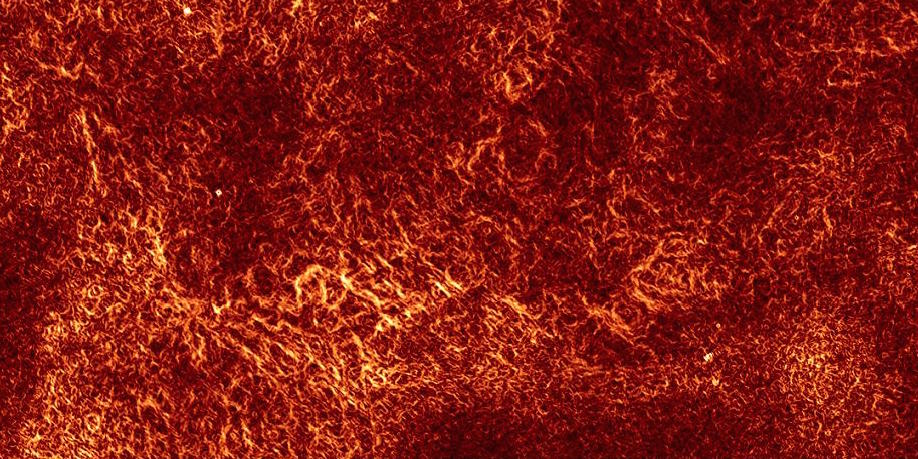The nature of the multi-phase and multi-scale ISM
The interstellar medium is far from a homogenous atmosphere for our Galaxy. It is a turbulent, multiphase environment, with dramatic variation in temperature, density, magnetization, ionization, velocity, composition and abundance. How matter evolves in a Galaxy like the Milky Way, from diffuse and hot gas to dense and gravitationally stable structures and then stars, is not clear. In particular how energy, mass and momentum is transported from Galactic scales down to AU scales and in between the different phases of the ISM is still to be understood. This involves understanding the details of energy injection mechanisms at large scales, the interstellar turbulence cascade, phase transitions, various instabilities, as well as the impact of gravity and stellar feedback in the context of the largescale structure of the Galactic ISM.
We have made progress in understanding the role and importance of the complex ISM physics in the star formation process by studying these features in groups of clouds in the Galactic disk or on the plane of the sky. Moreover, massive numerical simulations allow the exploration of the complex nonlinear physics of the ISM. Nevertheless one difficulty rests in obtaining clear and general observational results about the nature of the different phases and their interactions, and of interstellar magnetized turbulence in the Galactic context. The study of the ISM is made difficult because no one tracer provides a full view of the physical properties and because of the entanglement of information along the line of sight. Creative techniques have to be invented to take into account projection effects in estimating the real 3D physical properties of the ISM.
A revolution is underway that will dramatically change our way of studying the ISM. Over the last decade, astronomy has seen an explosion of precise, deep, large area surveys across the electromagnetic spectrum, including polarization. With this wealth of information we are now able to make maps of the ISM in three dimensions, parsing out overlapping structures on the sky into discrete features. While three dimensional maps are useful alone, it is the synthesis of depth information with intrinsic ISM diagnostics that is opening new frontiers and new questions.



